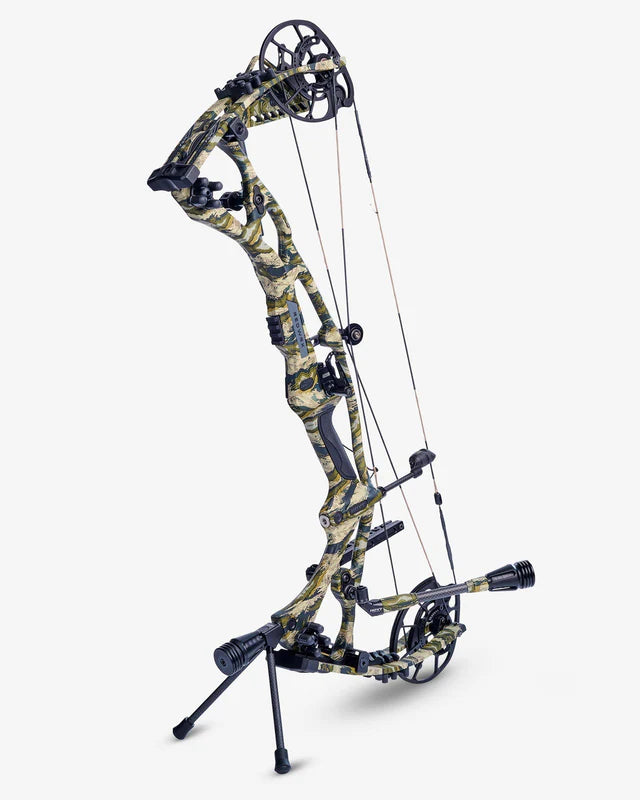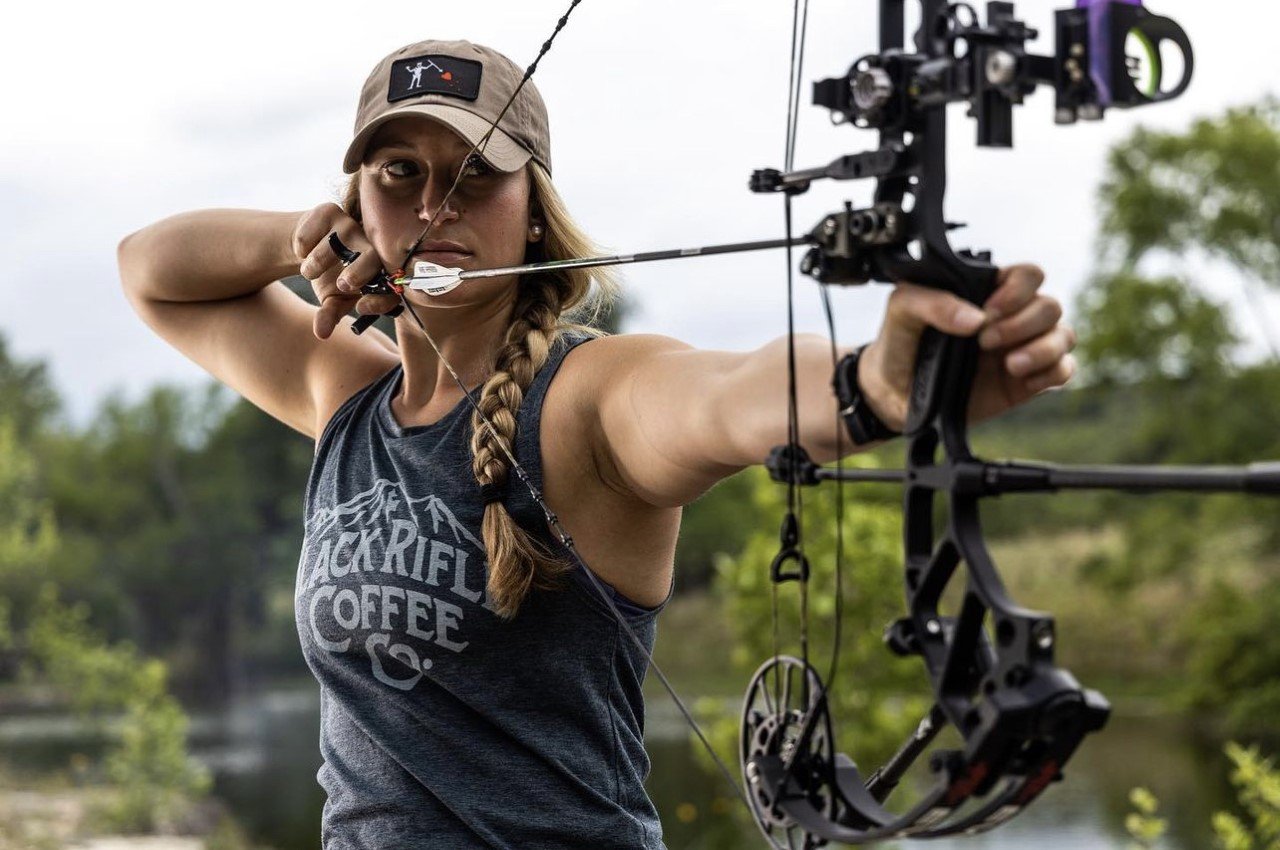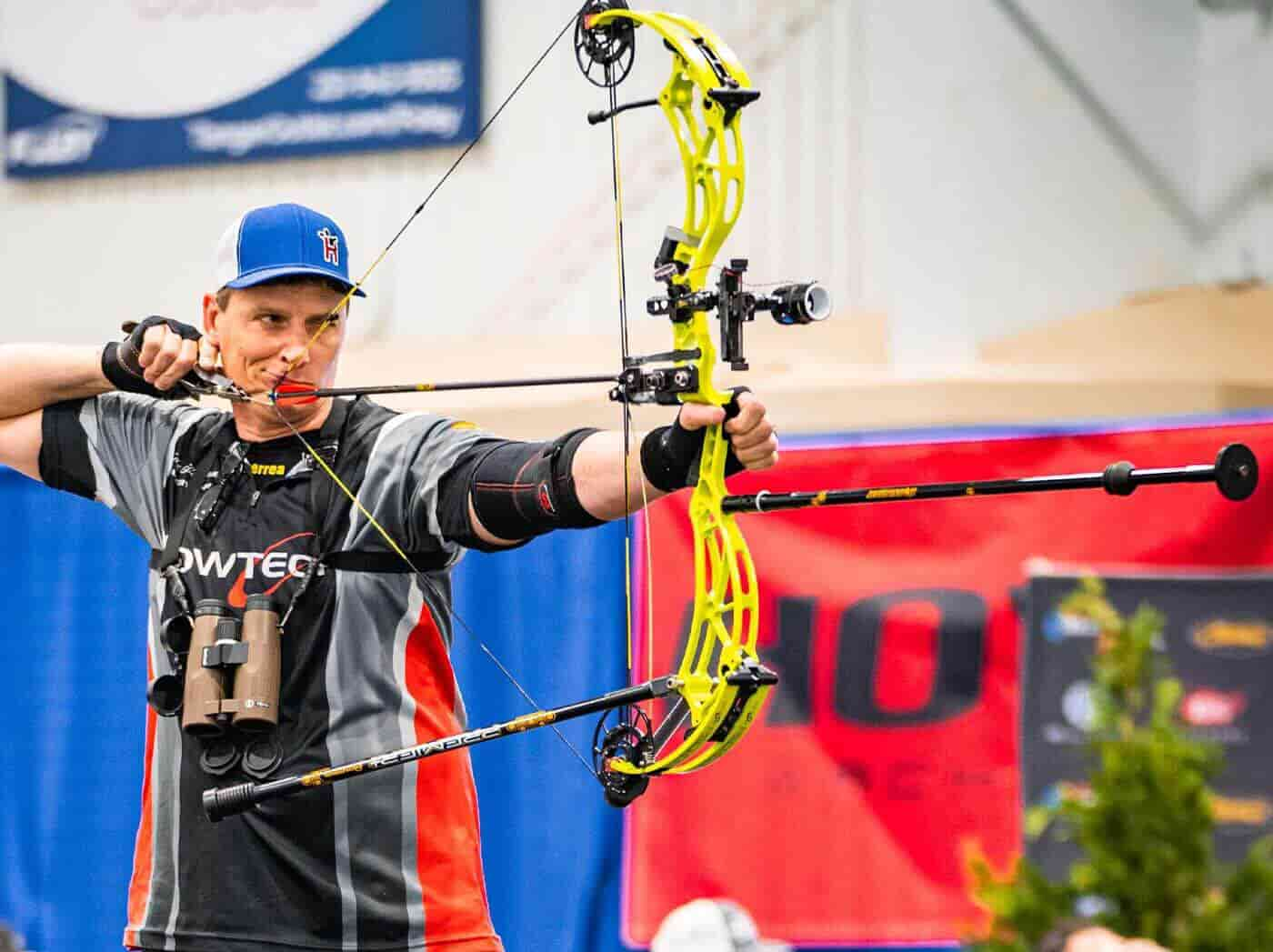The Science Behind Archery Stabilizers: Just How They Improve Performance
Master the Art of Archery: Comprehending the Value of a Stabilizer in Your Setup
Whether one is an experienced archer or simply starting their trip, the importance of a stabilizer in their configuration can not be overemphasized. By comprehending the benefits of using a stabilizer, taking into consideration the best aspects when selecting one, and properly setting up and adjusting it, archers can elevate their abilities to brand-new elevations.
The Function of a Stabilizer in Archery
A stabilizer plays a vital function in archery by boosting equilibrium and decreasing resonances during the shot. A stabilizer assists to neutralize these vibrations by absorbing and dissipating the energy (archery stabilizer).
Among the main benefits of a stabilizer is its ability to enhance balance. When an archer holds a bow, it can be testing to maintain a steady aim. The weight of the stabilizer helps to distribute the weight evenly, decreasing the pressure on the archer's arm and boosting security. This permits the archer to focus on their aim and implement an extra accurate shot.
In addition to balance, a stabilizer likewise aids to decrease torque. The weight and style of a stabilizer counteract this turning, guaranteeing a much more consistent and accurate shot.
Benefits of Utilizing a Stabilizer
The usage of a stabilizer in archery offers various advantages that improve an archer's performance and general shooting experience. By soaking up and dampening these vibrations, the stabilizer enhances the security of the bow, permitting for more constant and specific shots.
Secondly, a stabilizer aids to balance the bow by adding weight to the front end. This weight distribution combats the all-natural tendency of the acquiesce tip ahead upon release, minimizing the amount of movement and improving the archer's capacity to keep aim on target.

Last but not least, a stabilizer can also work as a shock absorber, minimizing the shock and recoil experienced upon release. This not just boosts the convenience of shooting yet also lessens the risk of injury or pressure on the archer's body.
How a Stabilizer Improves Precision
Enhancing the accuracy of an archer's shots, a stabilizer plays a crucial function in improving overall performance. archery stabilizer. By adding stability to the bow, a stabilizer assists reduce the undesirable activity and vibration that can happen throughout a shot. This reduction in movement enables the archer to preserve a stable goal, leading to even more accurate and consistent shots

Furthermore, a stabilizer aids to dampen resonances that take place upon launch. These vibrations can create the acquiesce shake, impacting the arrow's trajectory and accuracy. By soaking up and dissipating these vibrations, a stabilizer assists to preserve the bow's stability and ensure a smooth and exact shot.
In addition, a stabilizer can additionally assist in balancing the weight distribution of the bow (archery stabilizer). By adding weight to the front of the bow, a stabilizer assists to stabilize the weight of devices, such as sights or quivers, which might be connected to the bow. This balanced weight distribution assists the archer preserve a regulated and constant capturing placement, bring about improved precision
Variables to Take Into Consideration When Picking a Stabilizer
When selecting a stabilizer for your bow, it is essential to take into consideration a number of factors that will add to its general efficiency and suitability for your private shooting style. The very first variable to think about is the size of the stabilizer. Stabilizers are available in various lengths, varying from short to long. Longer stabilizers usually provide much more stability and balance, yet they can additionally be heavier and more tough to maneuver. Much shorter stabilizers, on the various other hand, provide far better maneuverability but might sacrifice some security.
One more aspect to consider is the weight of the stabilizer. The weight of the stabilizer can impact the equilibrium of your bow.
Additionally, it is very important to take into consideration the style and construction of the stabilizer. Some stabilizers have adjustable attributes, such as flexible size or adjustable weights, which permit you to tailor the stabilizer to your particular demands. The view publisher site products used in the building of the stabilizer can additionally impact its performance. Carbon fiber stabilizers are resilient and light-weight, while light weight aluminum stabilizers use a balance in between weight and rigidness.
Various stabilizers may work far better for certain shooting styles, such as target shooting or hunting. It is recommended to consult with knowledgeable archers or experts to figure out which stabilizer will certainly best fit your private demands.
Tips for Properly Setting Up and Changing a Stabilizer
Proper installation and adjustment of a stabilizer is crucial for optimizing its efficiency and guaranteeing optimum shooting precision. When mounting a stabilizer, it is essential to comply with a couple of key actions to ensure its effectiveness. Initially, establish the proper size of the stabilizer based upon your shooting design and choices. Longer stabilizers supply more security but can be much additional info less manoeuvrable, while shorter stabilizers provide enhanced ability to move yet may give up stability. Connect the stabilizer to the bow using the supplied placing hardware when you have actually chosen the suitable size. Make certain that the stabilizer is safely fastened and lined up with the bow's riser.
After mounting the stabilizer, it is needed to make adjustments to accomplish the wanted balance and shot consistency. Start by readjusting the weight distribution along the stabilizer. This can be done by including or eliminating weights from the stabilizer's weight system. Explore various weight configurations to find the equilibrium that works ideal for you. Additionally, think about adjusting the angle of the stabilizer to tweak the shot. A slight forward or backward tilt can influence the bow's equilibrium and exactly how it reacts during the shot.

Verdict
Finally, a stabilizer plays a vital duty in archery by boosting precision and reducing bow torque. By including weight to the bow, it assists to support the shot and balance. When choosing a stabilizer, elements such as weight, length, and product should be thought about to satisfy private demands. Appropriate installation and modification of the stabilizer are likewise important for optimum performance. Grasping the use of a stabilizer can significantly boost the archer's skill and accuracy.
Additionally, a stabilizer can also assist in balancing the weight distribution of the bow. By including weight to the front of the bow, a stabilizer aids to balance the weight of devices, such as quivers or views, which might be affixed to the bow. Some stabilizers have flexible features, such as adjustable size or adjustable weights, which enable you to personalize the visit here stabilizer to your details needs. Carbon fiber stabilizers are light-weight and durable, while aluminum stabilizers supply a balance in between weight and rigidness.
Longer stabilizers provide more stability however can be much less manoeuvrable, while shorter stabilizers provide boosted maneuverability yet may sacrifice stability.